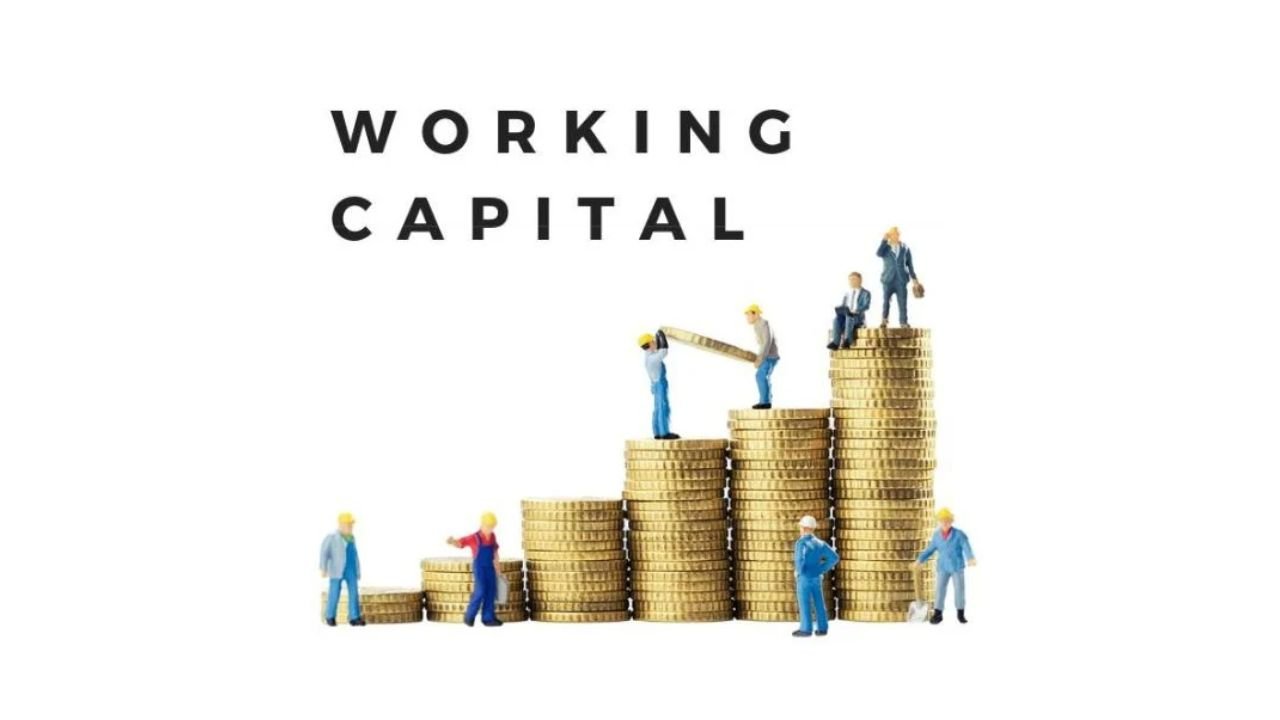This blog post will explore key tips, loan rates, and options to help you make an informed decision.
What is a Working Capital Loan?
A working capital loan is a short-term loan designed to help businesses cover operational expenses such as payroll, inventory, or utilities. Unlike long-term loans meant for capital investment or large projects, working capital loans provide immediate access to cash for everyday business needs. Typically, these loans are unsecured, meaning they don’t require collateral, making them a more accessible option for small businesses or those with limited assets.
Tips for Choosing the Right Working Capital Loan
- Understand Your Cash Flow Needs
Before applying for a working capital loan, it’s essential to evaluate your cash flow situation. Identify the amount of funding you need and the duration for which you require it. Are you looking for a quick infusion of cash to cover payroll for the next two weeks, or do you need funding to sustain your business over the next six months? By determining your needs, you can select a loan that aligns with your financial goals. - Evaluate Loan Repayment Terms
Repayment terms are a crucial factor when choosing a working capital loan. The terms may vary significantly between lenders, with some offering daily or weekly payments, while others have monthly repayments. A loan with shorter repayment terms may have higher monthly payments, but the interest cost may be lower overall. On the other hand, loans with longer repayment terms may offer lower payments but come with higher interest rates in the long run. Make sure the repayment schedule is manageable for your business. - Consider Your Business Credit Profile
While many working capital loans are unsecured, lenders will still consider your business’s creditworthiness. If your business has a strong credit score and a solid history of timely repayments, you may qualify for better loan terms, including lower interest rates and larger loan amounts. If your credit is less-than-ideal, consider exploring alternative lenders who specialize in working capital loans for businesses with poor credit. - Compare Loan Types
There are various types of working capital loans available, and understanding each option can help you select the best fit for your business.
- Line of Credit: A business line of credit works similarly to a credit card. You can borrow money up to a set limit and pay interest only on the amount you use. Lines of credit offer flexibility, making them ideal for businesses that need ongoing access to funds.
- Term Loan: A term loan provides a lump sum of money with fixed repayment terms. This is a good option if you need a one-time injection of cash to cover specific operational expenses.
- Invoice Financing: If your business deals with long payment cycles, invoice financing allows you to borrow against outstanding invoices. This type of loan can be a lifesaver if you’re waiting on clients to pay, but need immediate cash to continue operations.
- Merchant Cash Advance (MCA): A merchant cash advance offers a lump sum in exchange for a percentage of your daily credit card sales. While it can be a quick solution for businesses with steady sales, it often comes with high fees and interest rates, so it should be used cautiously.
Understanding Working Capital Loan Rates
Interest rates for working capital loans can vary depending on the lender, the type of loan, and your business’s credit profile. In general, traditional banks tend to offer lower interest rates but have stricter qualification requirements. Alternative lenders, on the other hand, are more flexible but may charge higher rates due to the increased risk they take on.
Here are some general interest rate ranges for various working capital loan types:
- Bank Loans: 4% to 8% (depending on creditworthiness)
- Online Lenders: 7% to 30%
- Invoice Financing: 1% to 5% per month
- Merchant Cash Advances: 20% to 50% (effective annual rate)
It’s essential to weigh the interest rate against the value of your business’s needs. While online lenders may offer fast access to cash, they typically come with higher costs, making them less ideal for long-term borrowing.
Factors That Influence Loan Rates
- Credit Score: The higher your credit score, the more likely you are to secure lower interest rates. A strong business credit history shows lenders that you are a reliable borrower.
- Loan Term: Shorter-term loans tend to have lower interest rates, while longer terms usually come with higher rates.
- Lender Type: Traditional banks often provide the best rates, but online lenders and alternative finance options may offer quicker access to funds at a premium rate.
Conclusion
Choosing the right working capital loan requires careful consideration of your business’s cash flow, repayment ability, and the various loan types available. By comparing rates and terms from different lenders and understanding the true cost of borrowing, you can find a loan that suits your financial needs. Whether you’re looking to cover short-term expenses or secure flexible funding for growth, the right working capital loan can help keep your business on track. Be sure to read the fine print, ask questions, and work with a lender you trust to ensure you’re making the best decision for your business.
